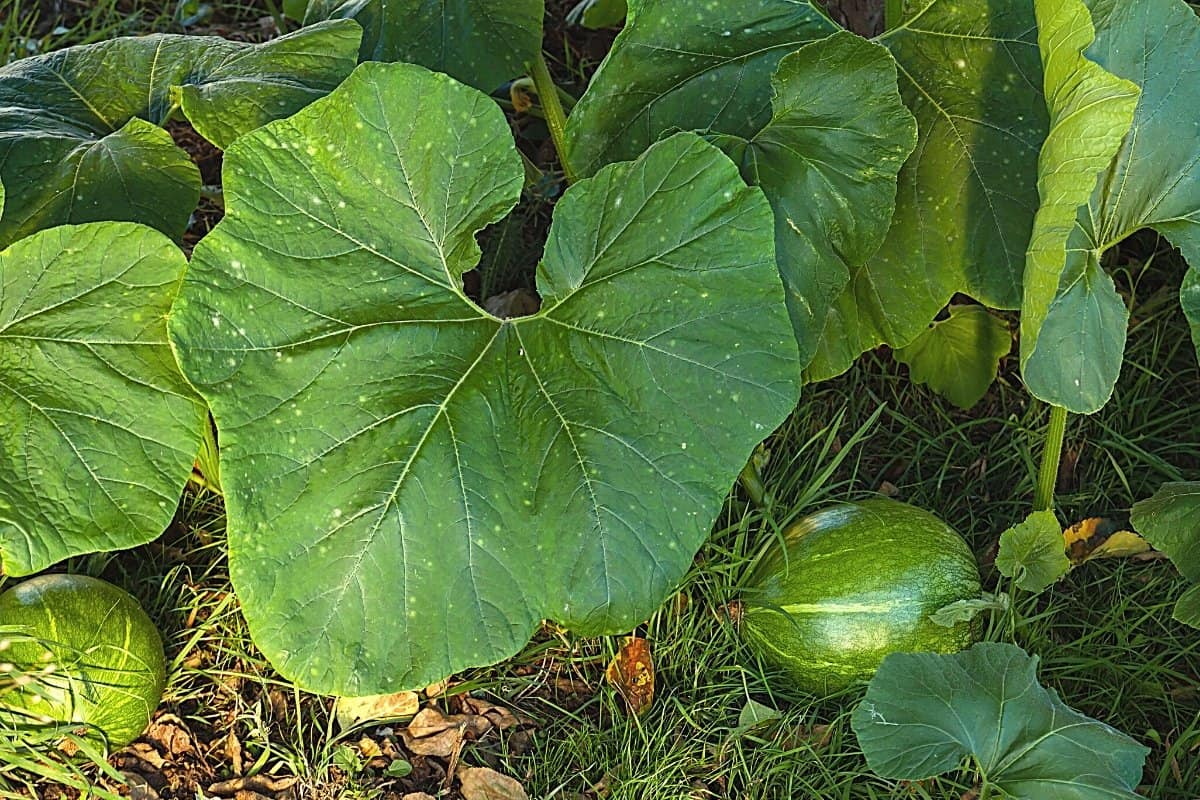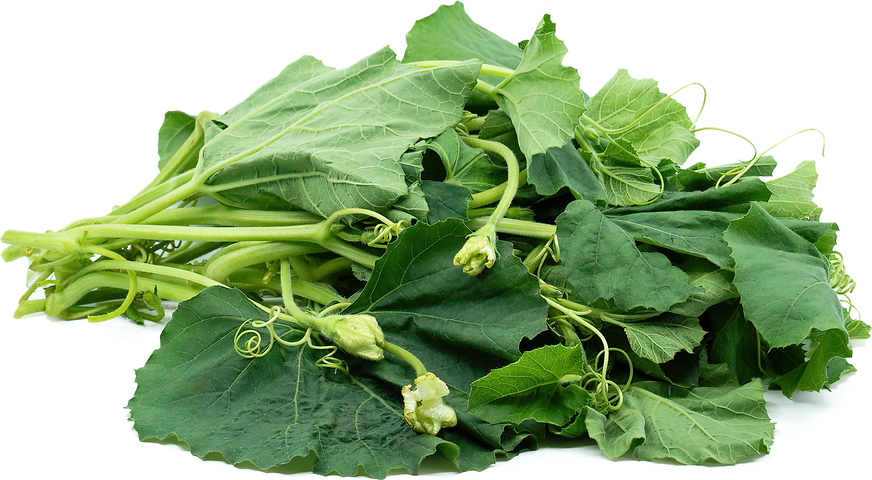टमाटर कैसे उगाएं, टमाटर को अपने बगीचे से उगाना एक सुरक्षित और स्वास्थ्यपूर्ण विकल्प है जो आपको स्वदेशी और ताजगी से भरपूर टमाटर प्रदान कर सकता है। यह विवरण आपको बगीचे में टमाटर कैसे उगाएं, इस प्रक्रिया के लिए एक विस्तृत मार्गदर्शन प्रदान करता है। इसमें आपको उचित बीज़ का चयन, मिट्टी की तैयारी, सिंचाई, पोषण, सही समय पर पौधों की देखभाल, उर्वरक का उपयोग, और पौधों को समर्थन प्रदान करने जैसी महत्वपूर्ण जानकारी मिलेगी। इसका पालन करते हुए आप अपने बगीचे में स्वस्थ और स्वादिष्ट टमाटर उगा सकते हैं और आपकी सेहत को भी लाभ हो सकता है।
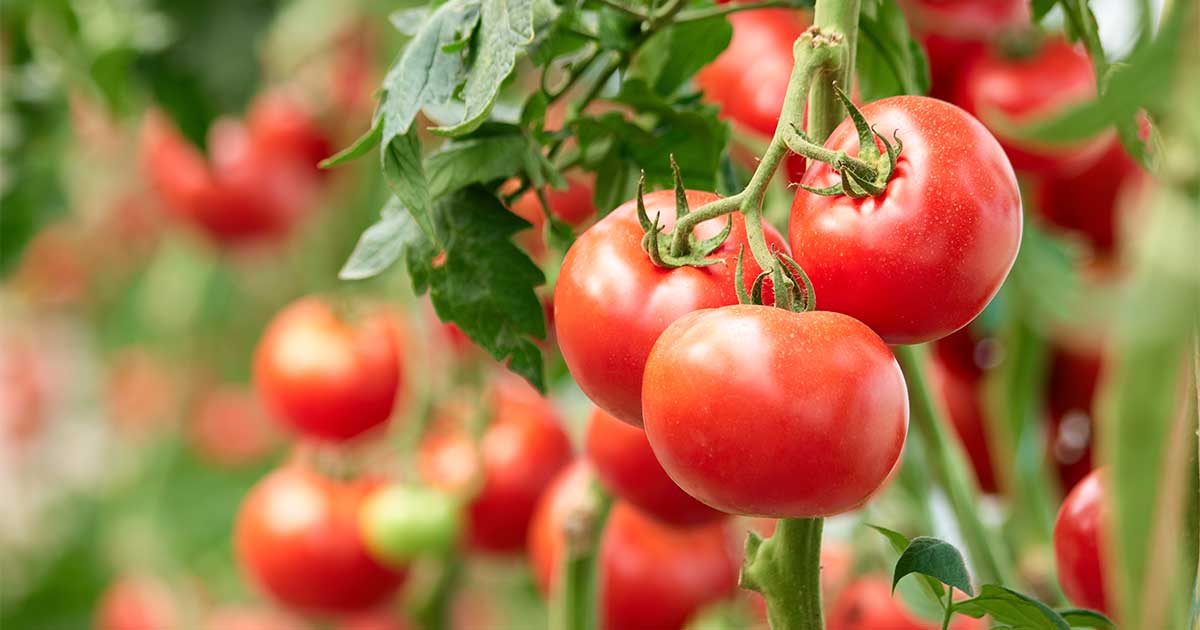
1. टमाटर कैसे उगाएं, उचित बीज़ का चयन:
टमाटर के बागवानी के लिए सही बीज़ों का चयन करना महत्वपूर्ण है। आप इन्हें अपने स्थानीय बाजार से प्राप्त कर सकते हैं या स्वतंत्र बाजारों से खरीद सकते हैं। यह आपकी ज़रा जिम्मेदारी होती है कि आप विशेषज्ञों की सलाह भी लें, जो आपको उचित और सुरक्षित बीज़ों का चयन करने में मदद कर सकते हैं।
2. बोना हुआ बुआई:
टमाटर कैसे उगाएं, बीजों को मिट्टी में धारित करने के लिए, सही गहराई में छिद्र बनाएं। इसके बाद, उन्हें धूप में अच्छे से सुखाएं और सावधानीपूर्वक इसे बोने गए क्षेत्र में फेंकें, सुनिश्चित करने के लिए कि बोने गए बीज पूरी तरह से उपयुक्तता और प्रबंध मिला है।
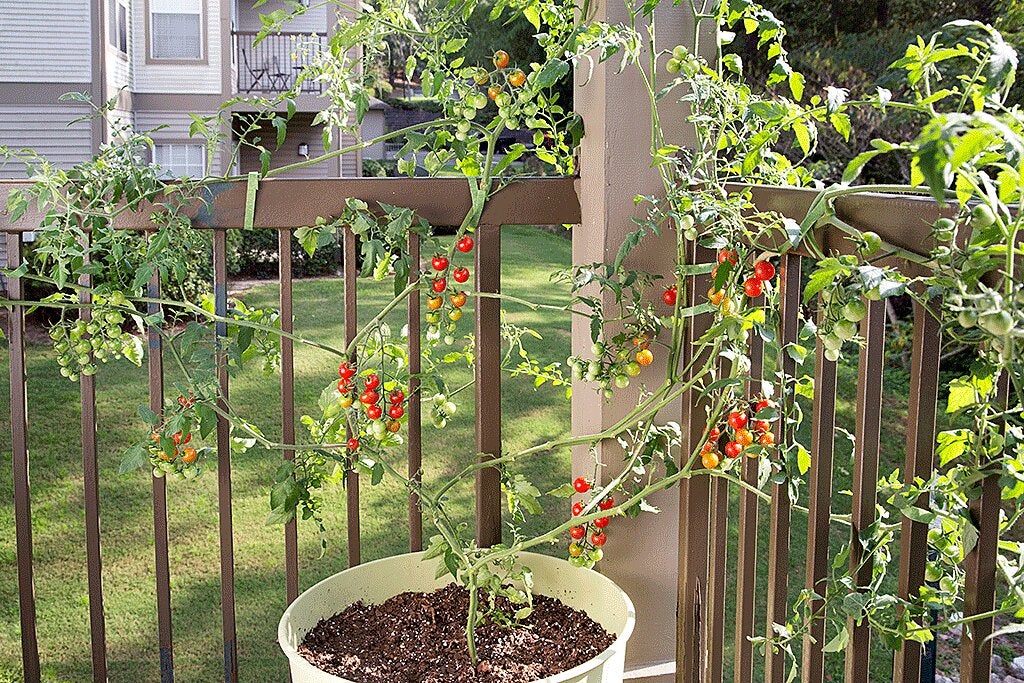
3. मिट्टी का चयन:
टमाटर कैसे उगाएं, उर्वरक से भरपूर और फलों के लिए उपयुक्त मिट्टी का चयन करने में महत्वपूर्ण भूमिका है। यह मिट्टी पौधों को उर्जा प्रदान करने के लिए आवश्यक तत्वों से युक्त होती है, जिससे पौधों का समृद्धि सहज होता है। उर्वरक से भरपूर मिट्टी में खाद्यान्न और पोषक तत्वों की अच्छी मात्रा होती है, जिससे पौधों को सही पोषण मिलता है।
इसके साथ ही, यह मिट्टी फलों के उत्पन्न में भी मदद करती है, क्योंकि उसमें अच्छी सुस्ती और सुरक्षित प्रकार से फल पलन होता है। मिट्टी की यह गुणवत्ता पौधों को समृद्धि देने के साथ-साथ उन्हें सुरक्षित रूप से बनाए रखने में भी मदद करती है, क्योंकि सही मात्रा में उर्वरक प्रदान करना पौधों के स्वस्थ और सुरक्षित विकास के लिए आवश्यक है।
इसलिए, जब आप मिट्टी का चयन करते हैं, तो उर्वरक से समृद्ध मिट्टी का चयन करना पौधों के सही विकास और सुरक्षित प्रकार से उत्पन्न होने में महत्वपूर्ण है।
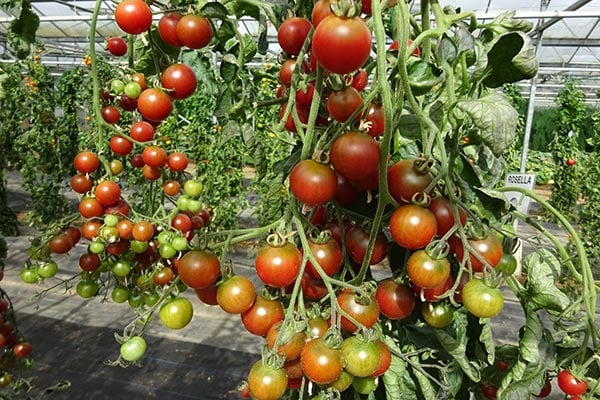
4. सही सिंचाई:
टमाटर कैसे उगाएं, टमाटर पौधों के उगाने में नियमित सिंचाई एक महत्वपूर्ण पहलू है। सिंचाई के माध्यम से पौधों को आवश्यक ऊर्जा, पोषण, और जल संचारित किया जाता है, जिससे वे स्वस्थ और प्रफुल्लित रहते हैं। हालांकि, यह ध्यान रखना महत्वपूर्ण है कि सिंचाई को अधिक मात्रा में न करें, क्योंकि यह पौधों को पानी की अधिक मात्रा में डाल सकता है जिससे पौधों को प्रतिरोधी हो सकता है।
इसलिए, जब आप नियमित सिंचाई करते हैं, सुनिश्चित करें कि पानी की भारी मात्रा से बचते हैं। पौधों को ठंडक प्रदान करने के लिए, सिंचाई को सुबह के समय या शाम को करना उत्तम होता है, जब तापमान में शीतलता होती है। इससे पौधों को सही रूप से जल पहुंचता है और वे पूरी तरह से हैल्दी रहते हैं।
5. सूचना और सुरक्षा:
टमाटर कैसे उगाएं, टमाटर पौधों को सही रूप से नकली सूचना और सुरक्षा प्रदान करना अत्यंत महत्वपूर्ण है। यह सुनिश्चित करने में मदद करता है कि पौधे सही रूप से विकसित हो रहे हैं और उन्हें किसी भी प्रकार की समस्याएं नहीं हैं। सूचना का सही तरीके से प्रदान करना पौधों के सही विकास को सुनिश्चित करने में मदद करता है, जिससे विकसित होनेवाले पत्तियों और फूलों की सही संख्या और आकार को बनाए रखा जा सकता है।
सुरक्षा की दृष्टि से, टमाटर के पौधों को पत्तियों के बीच सही दूरी पर रखना भी अत्यंत महत्वपूर्ण है। यह नहीं सिर्फ पौधों को ठीक से फैलने और उच्चता की दिशा में मदद करता है, बल्कि यह भी सुनिश्चित करता है कि पौधों के बीच कोई अवांछित संपर्क नहीं है, जो संक्रमण और रोगों के फैलने का जोखिम कम करता है।
टमाटर कैसे उगाएं, इसके लिए, पौधों को सही समर्थन प्रदान करने के लिए स्टेक्स, ट्रेलिस, या मॉस पोल का उपयोग किया जा सकता है, जिससे पौधों को सहारा मिलता है और वे सही दिशा में बढ़ते हैं। यह भी यह सुनिश्चित करने में मदद करता है कि पौधे ठीक से खड़े रहें और उच्चता के साथ बढ़ें, जिससे उन्हें अधिक सूर्य प्राप्त हो सके और विकास की गति बनी रहे।

6. उर्वरक और पोषण:
टमाटर कैसे उगाएं, अगर आप अपने टमाटर के पौधों को स्वस्थ और सजीव रखना चाहते हैं, तो उन्हें नियमित अंतराल पर उर्वरकों से पोषित करना आवश्यक है, लेकिन इसमें अधिकता से बचना भी महत्वपूर्ण है। यदि आप अधिक मात्रा में उर्वरक प्रदान करते हैं, तो यह पौधों के लिए हानिकारक हो सकता है। इसके बजाय, सावधानी से और निर्धारित मात्रा में उर्वरक प्रदान करें।
पौधों की सतह पर दिखाई देने वाले नपुंसक फूलों को हटाना भी महत्वपूर्ण है। यह कार्य करने से पौधों को और अधिक ऊर्जा प्राप्त होती है, जिससे वे स्वस्थ और जीवंत रहते हैं। नपुंसक फूलों को हटाकर पौधों की सबसे अच्छी स्थिति में रखने के लिए नियमित मार्गदर्शन का अनुसरण करना सुनिश्चित करेगा।
इस पूर्ण मार्गदर्शन के परिणामस्वरूप, आप अपने घर के बगीचे में स्वस्थ और स्वादिष्ट टमाटर उगा सकते हैं, जिससे आपकी सेहत को भी लाभ होगा।



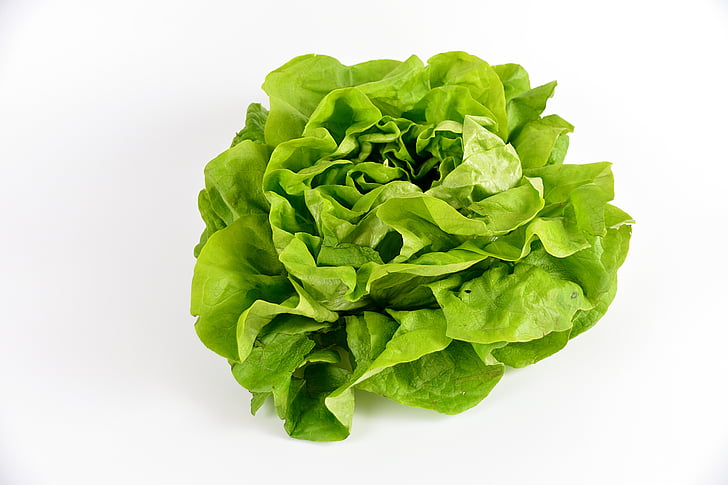


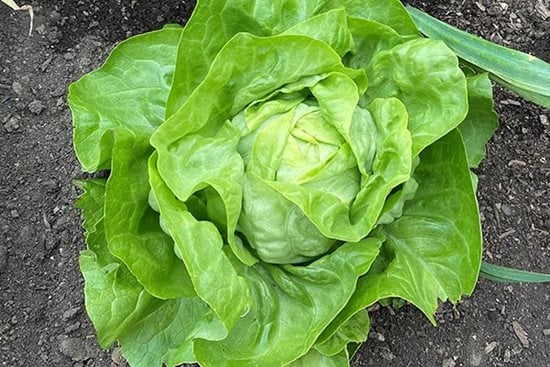


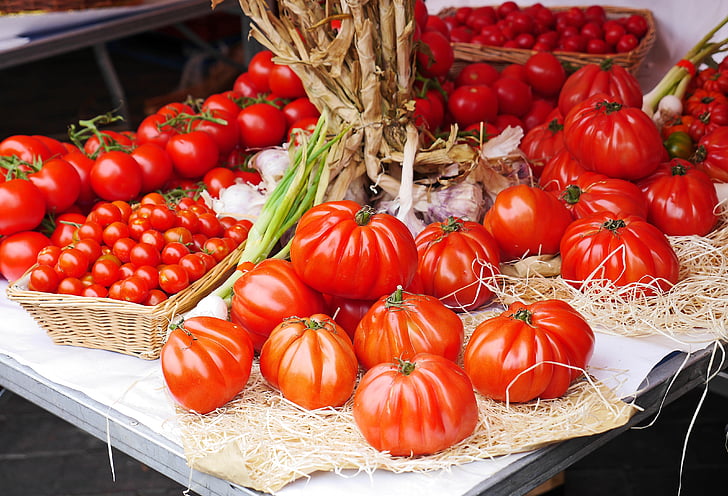
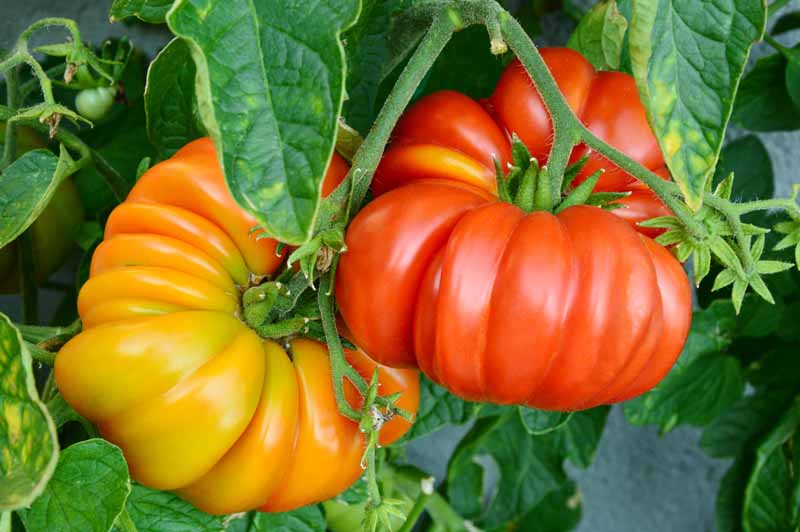
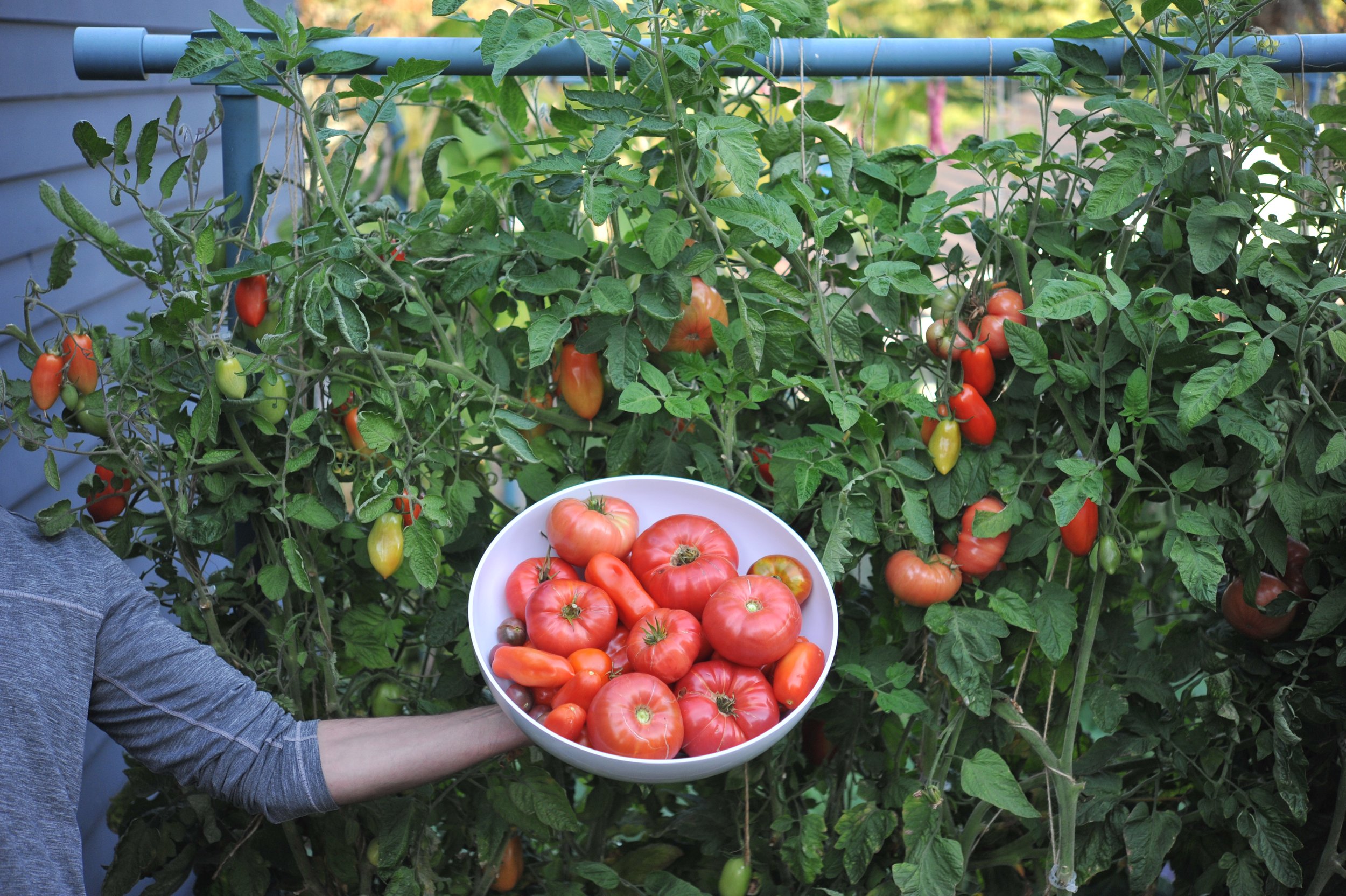
:max_bytes(150000):strip_icc()/pink-brandywine-tomato-growing-guide-7090615_3F-8b534cf2c4ca4e6cac0ad668c60c4d08.jpg)
